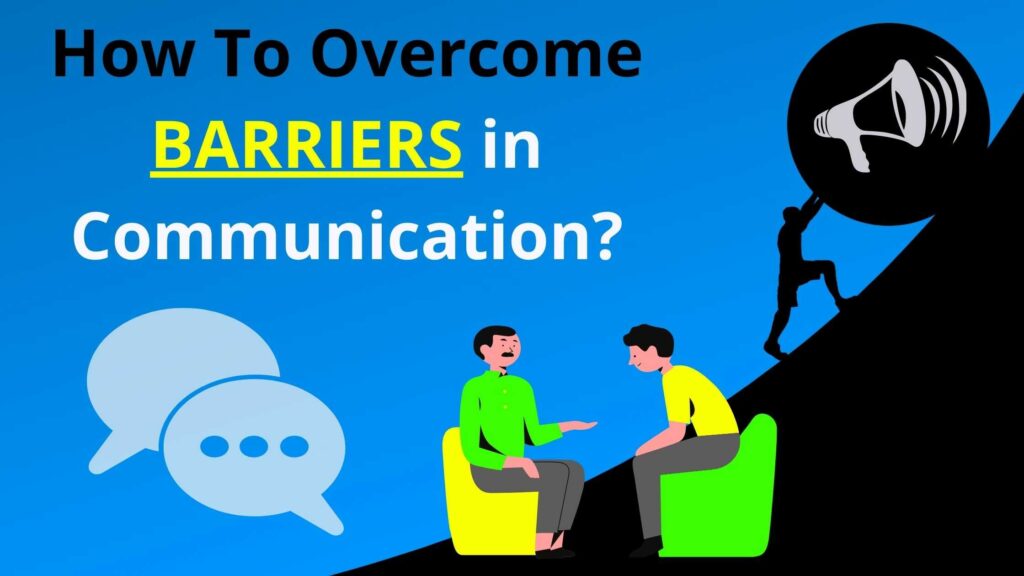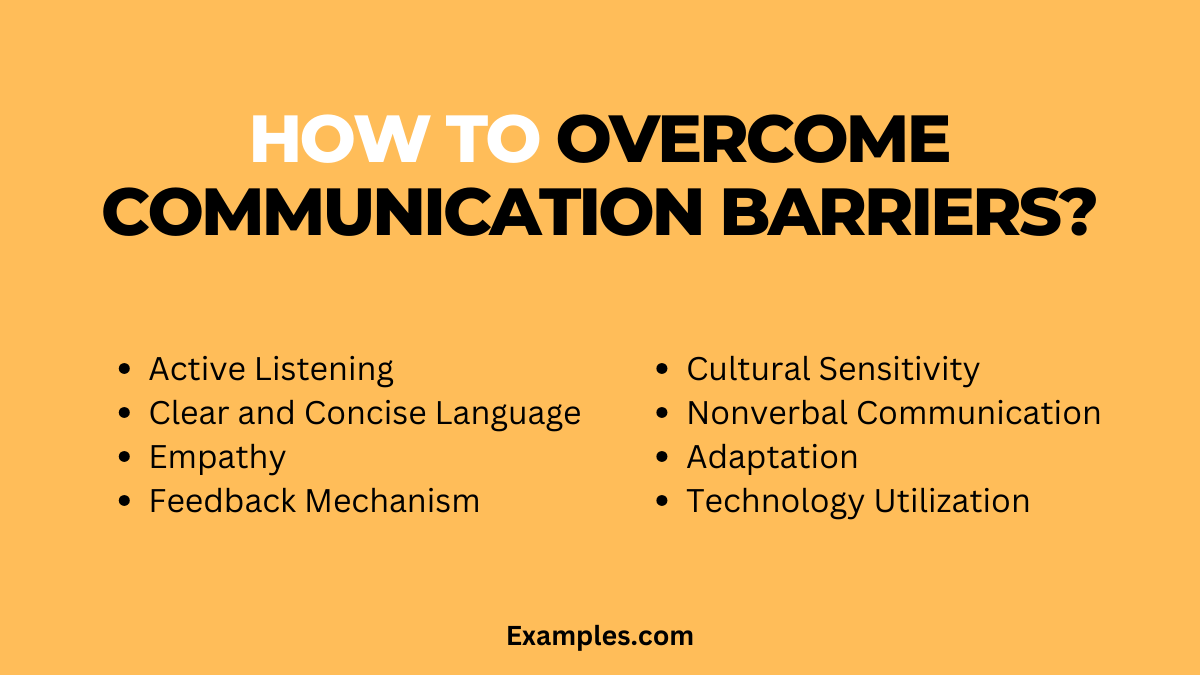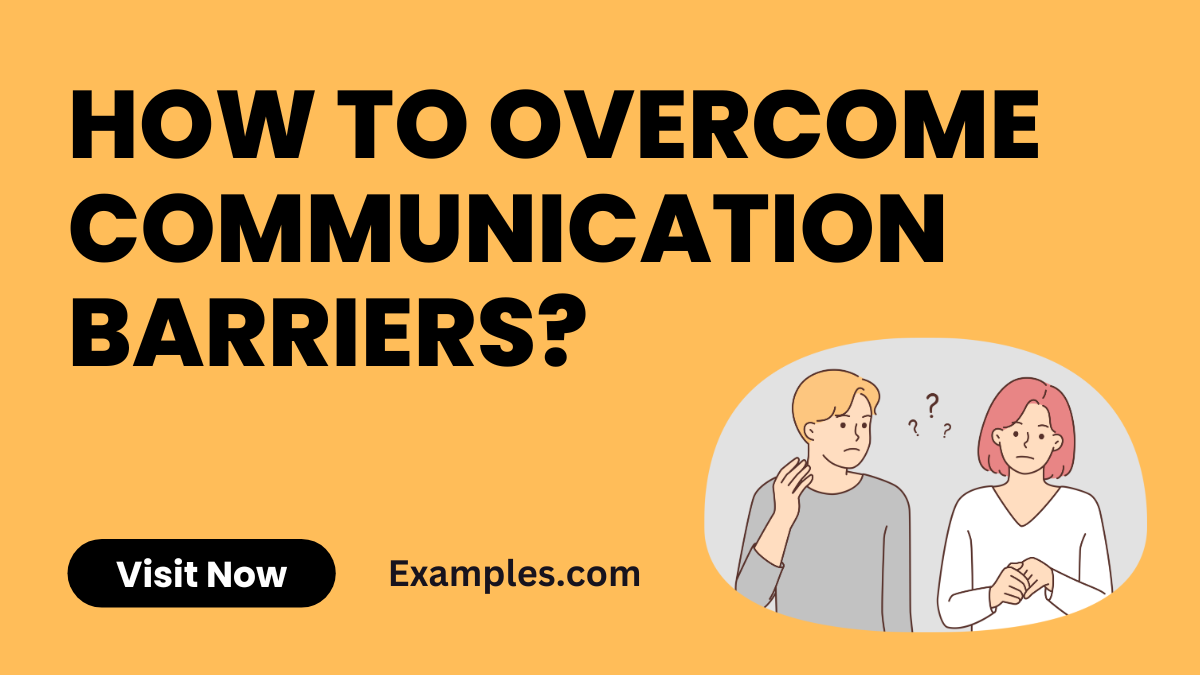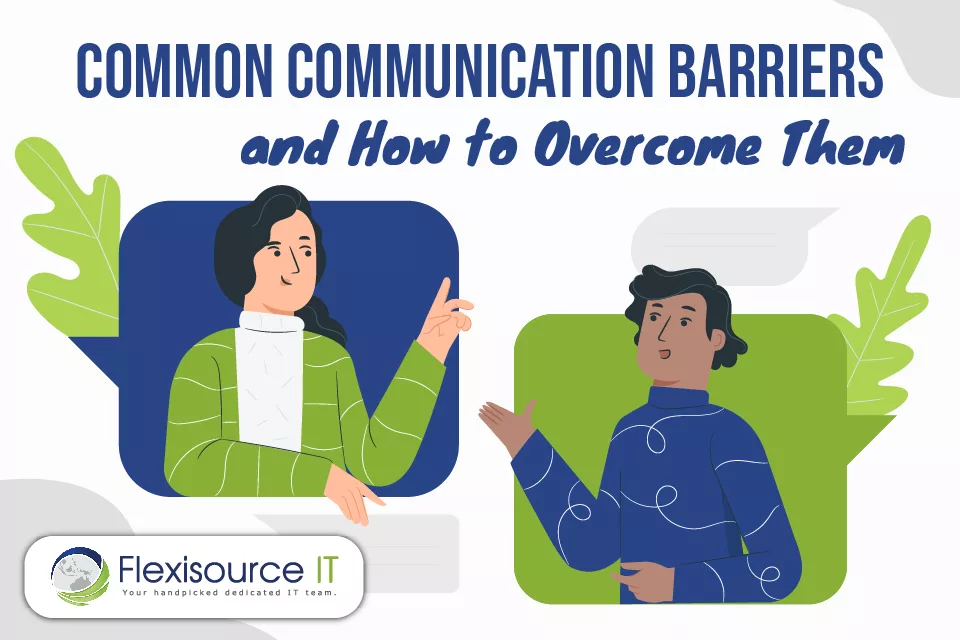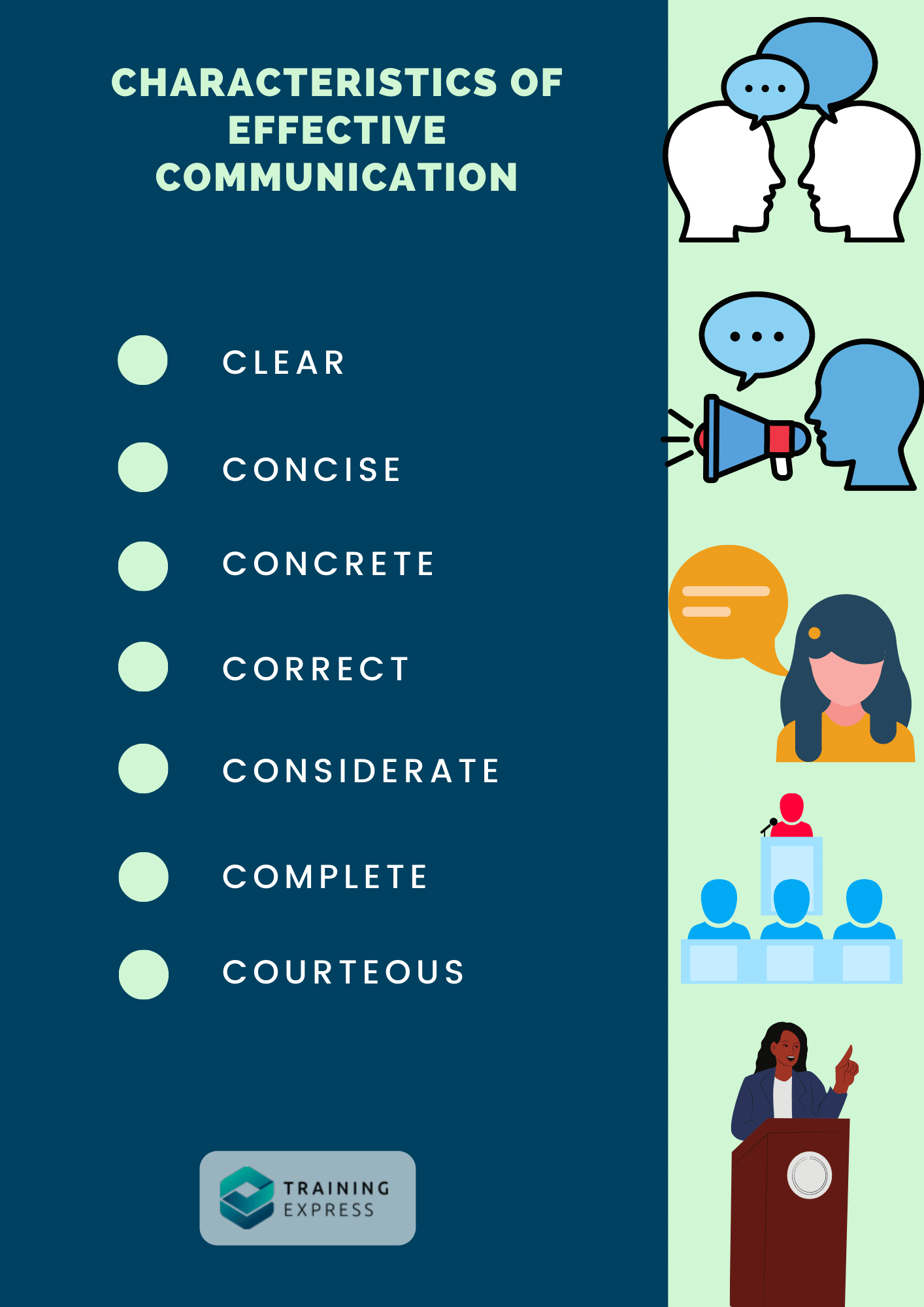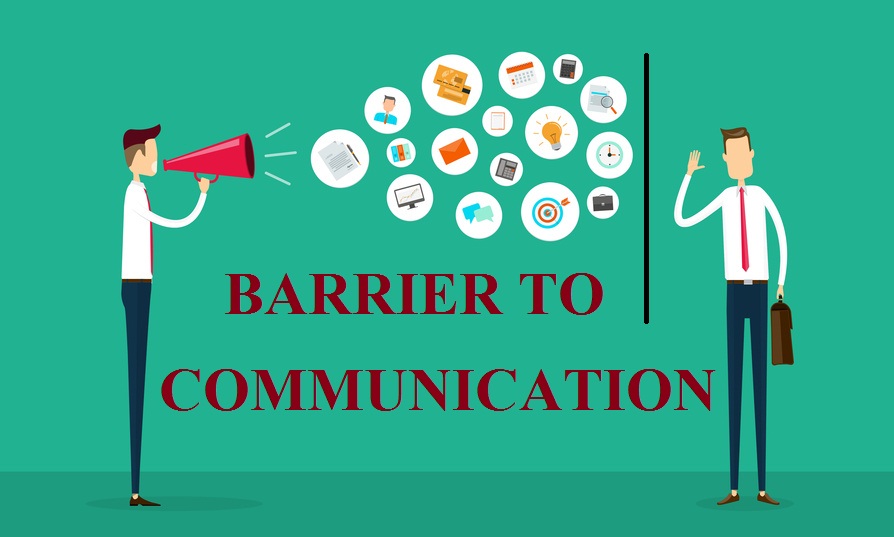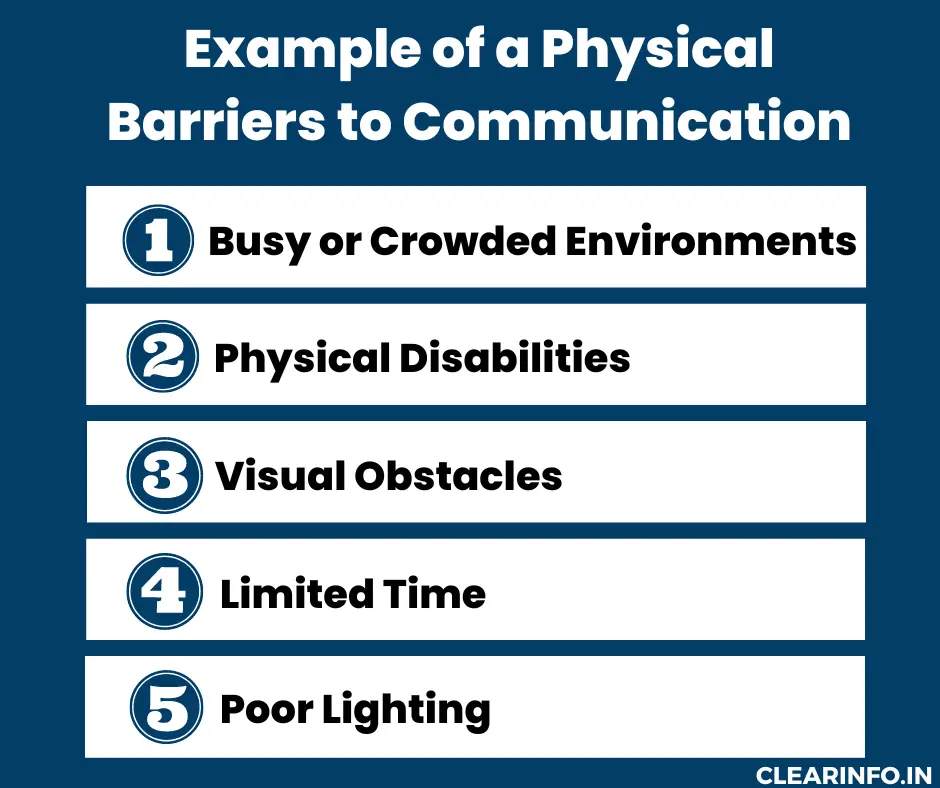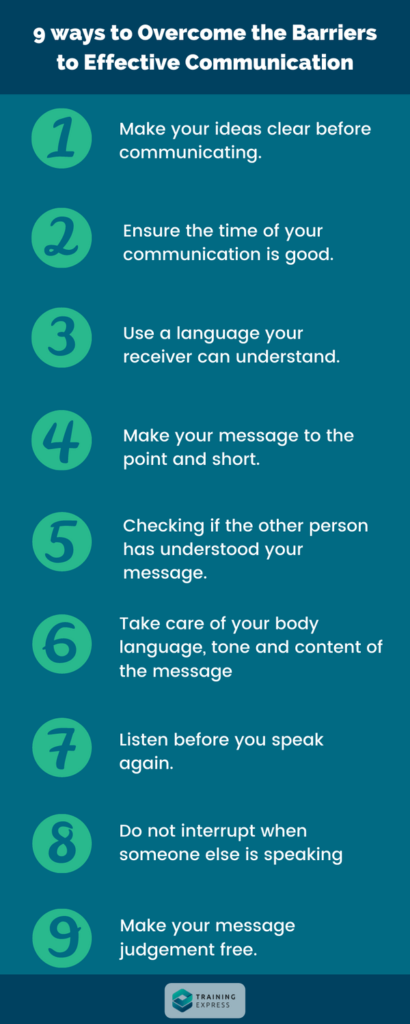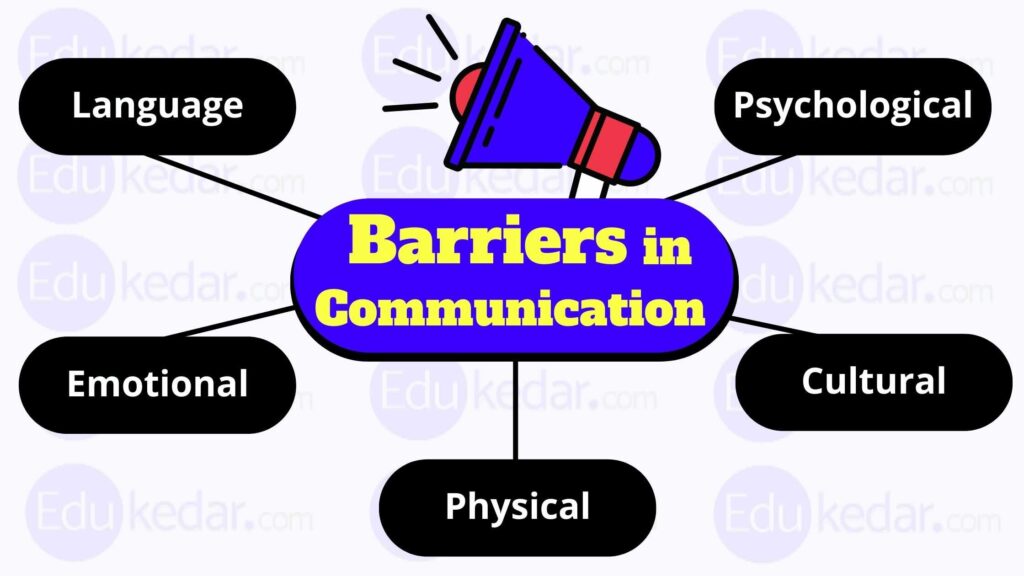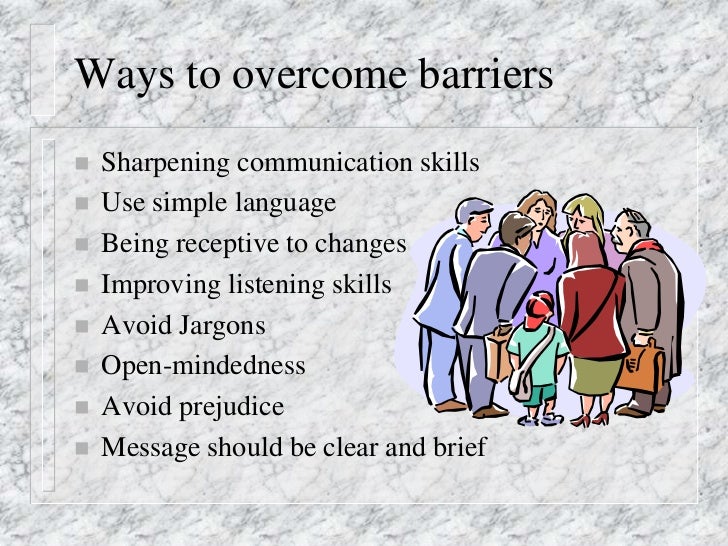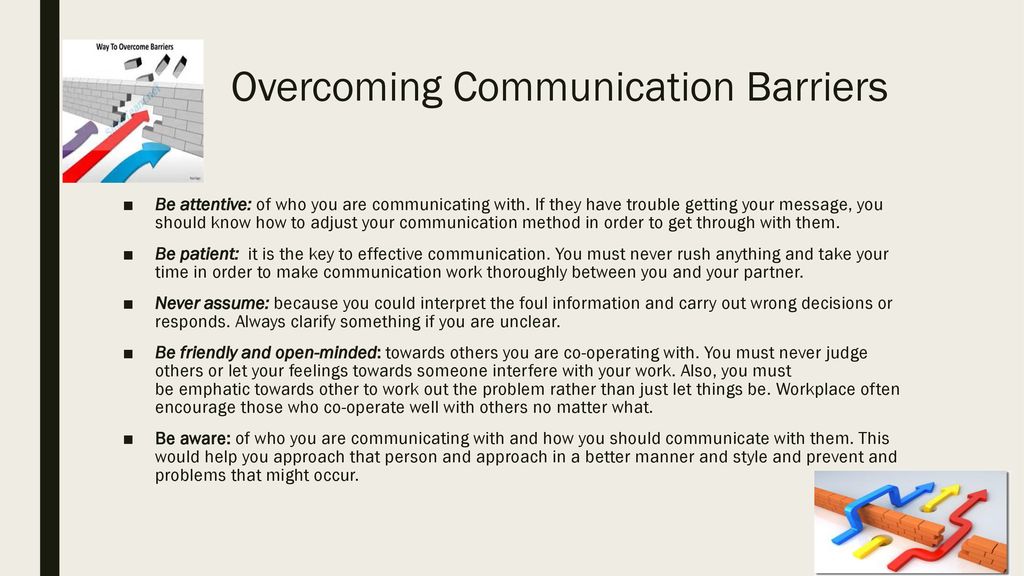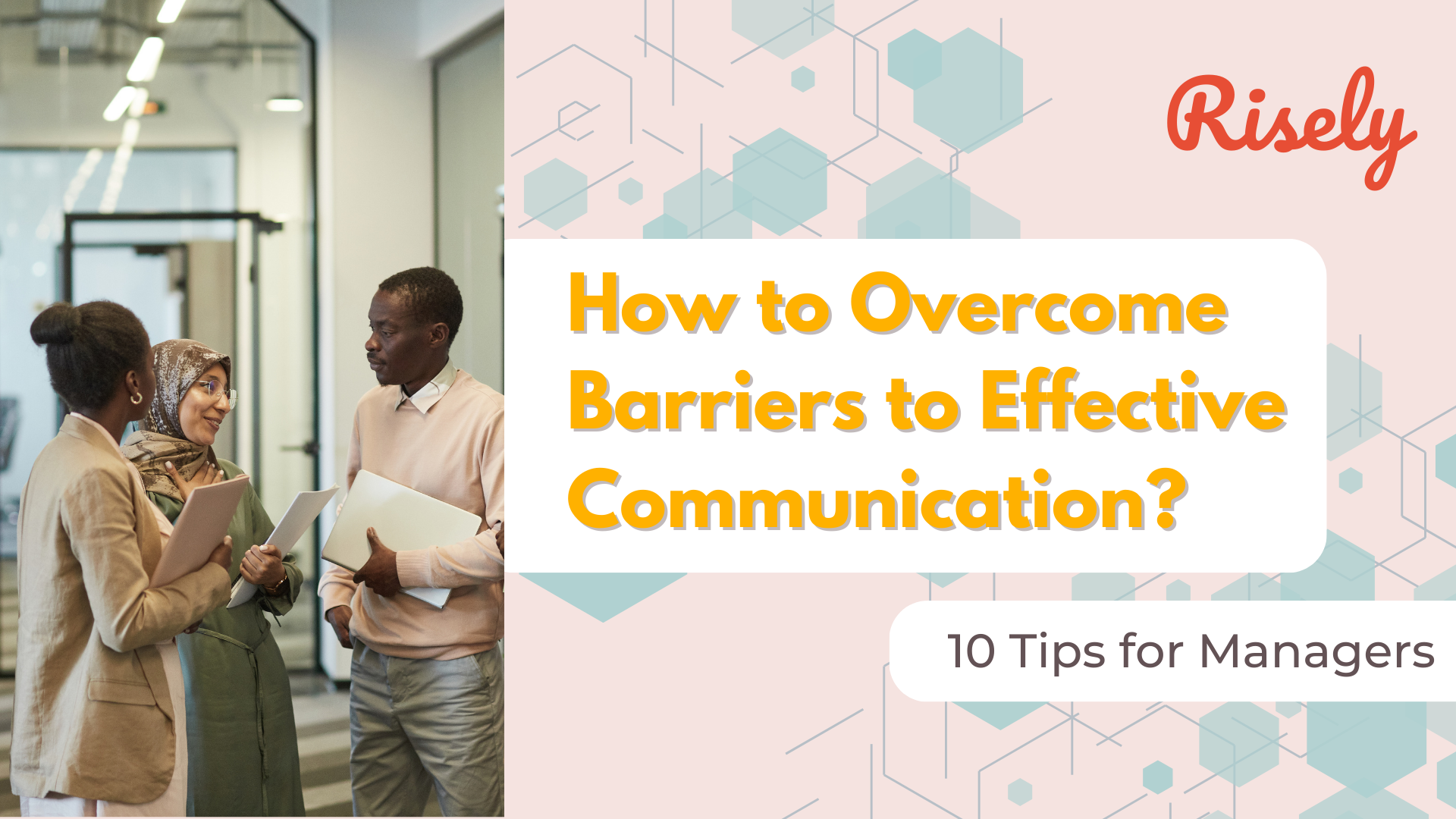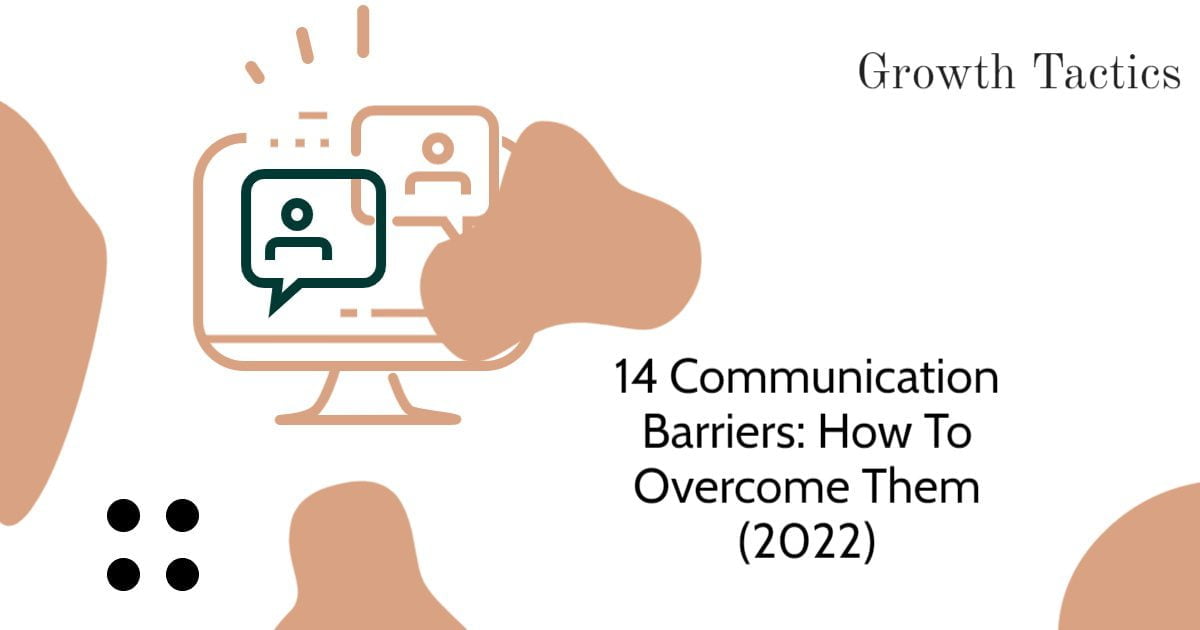How To Avoid Communication Barriers
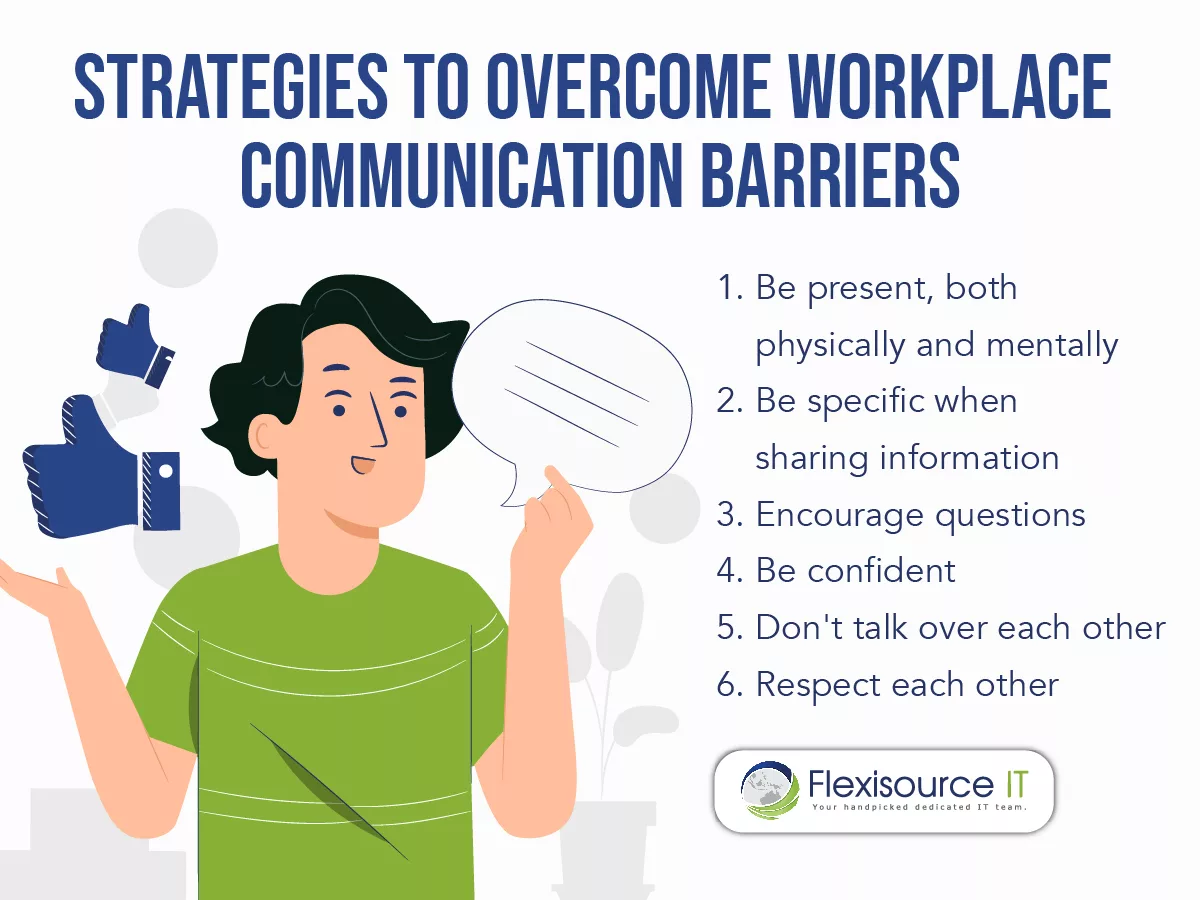
Communication breakdowns are costing businesses billions and straining personal relationships worldwide. Immediate action is crucial to bridge these gaps and foster understanding.
This report provides actionable strategies to dismantle communication barriers, ensuring clarity, efficiency, and stronger connections in all interactions.
Understanding the Landscape of Communication Barriers
Communication barriers are defined as anything that prevents us from receiving and understanding the messages others use to convey their information, ideas and thoughts. These barriers can originate from various sources, impacting both verbal and nonverbal exchanges.
Common Culprits: Linguistic and Cultural Differences
Language barriers are a prominent obstacle. Misunderstandings frequently arise when individuals speak different languages or use jargon unfamiliar to others. Cultural nuances further complicate matters, affecting interpretation of nonverbal cues and communication styles.
A study by the Society for Human Resource Management (SHRM) found that 33% of employees cite language differences as a significant barrier to workplace communication.
Psychological Roadblocks: Bias and Assumptions
Preconceived notions and biases heavily influence how we receive and interpret messages. Assumptions about others can lead to misinterpretations and strained relationships. Active listening is key to combating this.
A 2023 study published in the Journal of Applied Psychology reveals that individuals are 40% more likely to misunderstand messages from someone they perceive as different from themselves.
Technological Interference: Digital Distortions
Over-reliance on digital communication can introduce new barriers. Lack of nonverbal cues in emails and texts can lead to misinterpretations. Information overload and distractions further impede effective communication.
According to a report by Microsoft, employees spend an average of 28% of their workday managing email, often leading to communication fatigue and decreased comprehension.
Strategies for Breaking Down Barriers
Effective communication requires a proactive approach. Implementing specific strategies can minimize misunderstandings and promote clarity.
Prioritize Active Listening and Empathy
Active listening involves fully concentrating on the speaker, understanding their message, and responding thoughtfully. Empathy is also essential, requiring us to see the situation from the other person's perspective.
"Seek first to understand, then to be understood," a core tenet of effective communication, emphasizes the importance of listening with the intent to comprehend, not to reply.
Choose Clear and Concise Language
Avoid using jargon, slang, or overly complex language. Use clear, concise sentences that are easy to understand. Tailor your language to your audience.
Always consider your audience. A message that works with one group may not work with another. Knowing your audience is crucial.
Embrace Nonverbal Communication
Pay attention to nonverbal cues, such as body language, facial expressions, and tone of voice. Be mindful of your own nonverbal communication, ensuring it aligns with your message.
A study by UCLA psychologist Albert Mehrabian suggests that only 7% of a message is conveyed through words, with 38% attributed to tone of voice and 55% to body language.
Utilize Feedback and Clarification Techniques
Encourage feedback to ensure your message is understood. Ask clarifying questions to address any ambiguities. Summarize key points to confirm mutual understanding.
Asking open-ended questions like, "What are your thoughts on this?" can invite further engagement and ensure active participation.
Promote Cultural Sensitivity and Awareness
Educate yourself about different cultures and communication styles. Be respectful of cultural differences and avoid making assumptions. Demonstrate sensitivity to others' perspectives.
Cultural awareness training is a valuable investment for any organization seeking to foster inclusive and effective communication across diverse teams.
Next Steps: Fostering Ongoing Communication Improvement
Implementing these strategies requires consistent effort and commitment. Organizations should invest in communication training and development programs. Individuals should practice active listening and empathy in their daily interactions.
Ongoing evaluation and adjustments are crucial to maintain effective communication. Stay informed about emerging communication technologies and adapt your strategies accordingly. The goal is to build a culture of open, honest, and respectful communication.
